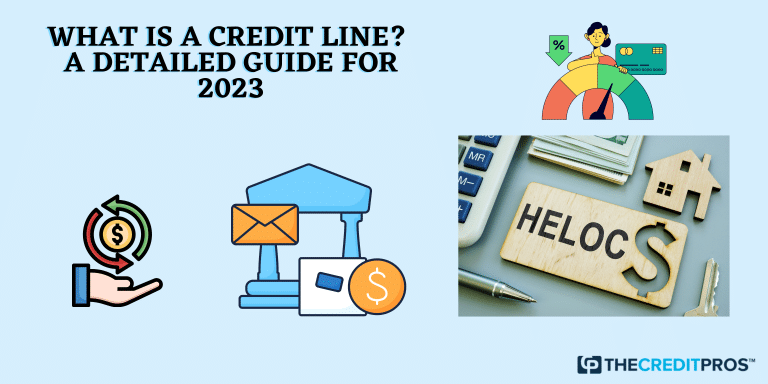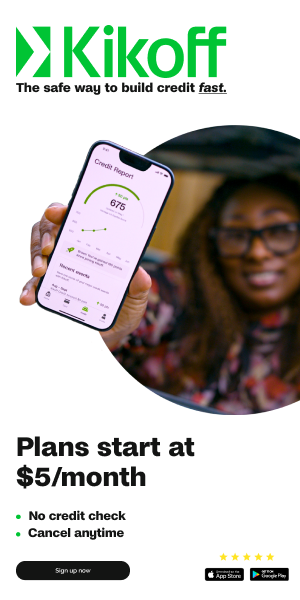What Is a Credit Line? – Useful Tips for Lines Of Credit (LOC) in 2023
Table of Contents
What Is a Credit Line? – Useful Tips for LOC in 2023
What is a credit line? A credit line or a line of credit (LOC) is a type of borrowing option offered by lenders such as banks or credit unions. A person can utilize the LOC by withdrawing specific amounts based on emergencies and demand. In this article, let’s briefly discuss some key differences between a loan or credit card and a LOC, types of credit lines, and processes involved in the application of LOC.Credit Limit vs Credit Line
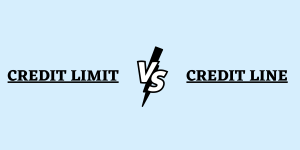
What is a Credit Line? – Credit limit vs Credit line
A credit line is often misunderstood as a credit limit. But they are not the same.
A credit limit is the maximum amount offered for a loan or credit card set by the lender on the application. In other words, the entire amount of the borrowing option is given to the borrower at once. The interest rates and EMI are fixed for the loan type. On exhaustion of the limit, a person can only borrow more money through another application for a loan or credit card.
Whereas a line of credit is the maximum borrowing limit that can be utilized in desirable amounts. The borrower has to pay interest rates, EMIs, and repayment only based on the amount borrowed and not for the entire credit line amount.

What is a Credit Line
There are a few points to consider before applying for a line of credit and if it extends the support to your financial needs. A line of credit is classified and distributed into four types: revolving or open credit, personal line of credit, HELOC, and secured/unsecured credit line.

What is a Credit Line – Useful Tips
Similar to repaying the debt amount for a loan or credit card account, you must
Reasons to Choose LOC over Other Borrowing Options
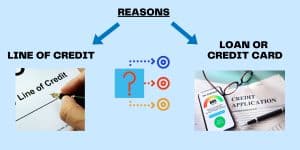
What is a Credit Line
There are a few points to consider before applying for a line of credit and if it extends the support to your financial needs. A line of credit is classified and distributed into four types: revolving or open credit, personal line of credit, HELOC, and secured/unsecured credit line.
- Personal lines of credit can be used for events, unplanned expenses, or any instance where there is a need for money in a short time span. It is a type of LOC where the minimum monthly payments are charged only for the amount borrowed, and the line remains open for further use.
- Similar to unsecured loans, unsecured credit lines are offered without the need for collateral. Most lines of credit are considered unsecured except for the Home Equity Line of Credit (HELOC), in which the house is used as collateral.
- Typically, the term length for a line of credit is around 10 years. This encompasses the draw period and repayment period for the line of credit, except for the home equity line of credit (HELOC), which requires long-term lengths.
- The money, once repaid, can be utilized again when required. This reduces all the paperwork and application process involved in the loan application.
- No extra or hidden fees like origination fees or processing fees are charged on the application.
- Interest rates are applied only when a purchase is made, or cash is withdrawn, and the rates are significantly lower than credit cards.
- Credit is comparatively easier and less costly to get cash in hand using a line of credit, which is hard to get when you use credit cards.
- Since most lines of credit are unsecured, there is no need for an upfront cash deposit. This requires the borrower to carry high credit scores to qualify for the LOC.
Requirements for a Line of Credit
Let us discuss the requirements to apply for a line of credit. As the line of credit is predominantly an unsecured credit, banks charge higher interest rates for poor credit scores. Therefore, read the terms and conditions proposed by the financial institution regarding the duration, amount, and interest rates charged. A few terms to be aware of are the draw period and the repayment period for the line of credit under the application. A draw period is an initial period (generally 2 years) to borrow money from banks or credit unions. Once your draw period ends, the repayment for your line of credit starts. You start making repayments during this period. The lender sets the term length on the LOC application. The first qualifying factor for a successful credit line application is the credit score. To qualify, you must have a credit score of 670 or higher. Additionally, your credit history must have no backlogs in terms of repayment, bill payments, and maintaining credit. In such instances, the lender has the right to disqualify or reject your application. Some key responsible factors include your ability to repay the debt, have a regular monthly income, and maintain a good credit utilization rate.Tips to Handle Line of Credit
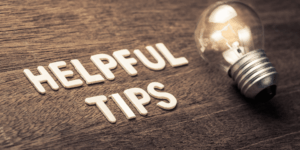
What is a Credit Line – Useful Tips
Similar to repaying the debt amount for a loan or credit card account, you must
- Ensure monthly installments are paid once you draw money from your line of credit, as on-time payments contribute 35% to your credit score (according to Experian)
- Since you are expected to pay interest rates only for the amount withdrawn, you can utilize the term length and low-interest rate to boost your credit score.
- Use credit lines to manage unexpected expenses or emergency situations. Do not replace the line of credit as an alternative to income.
- Unlike credit cards, you get cash in hand for a LOC. Therefore, monitoring your expenses is necessary
- FICO Score 8 – An Exclusive Review
-
Is a 700 Credit Score Good or Bad? Tips to Increase Your Credit Score
